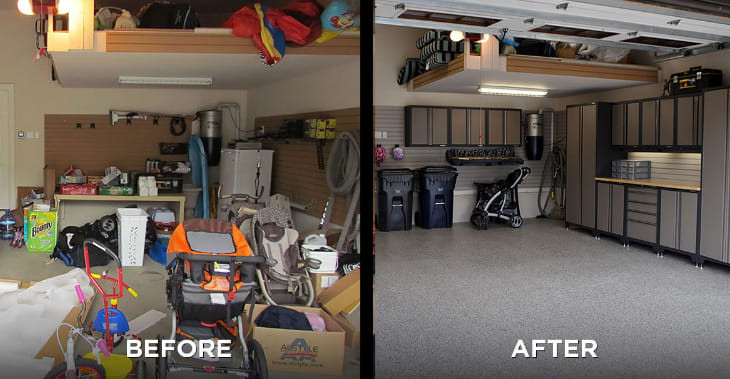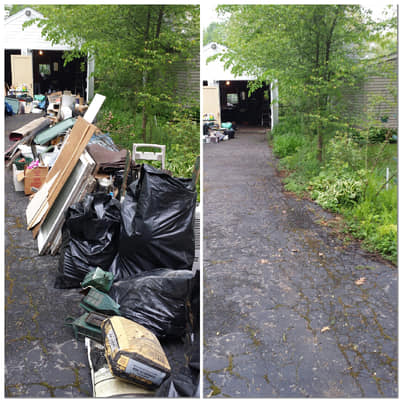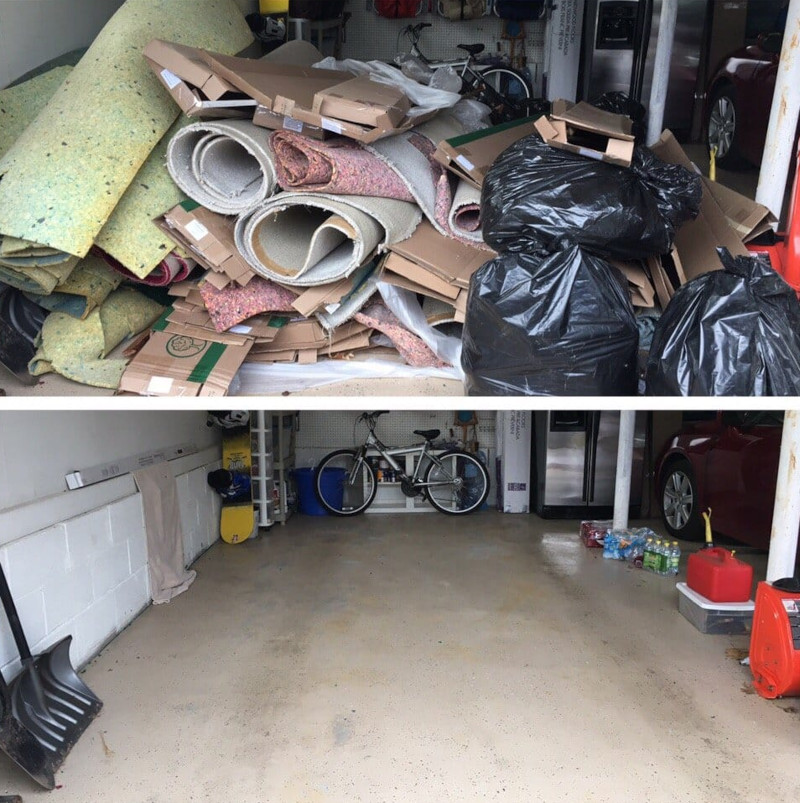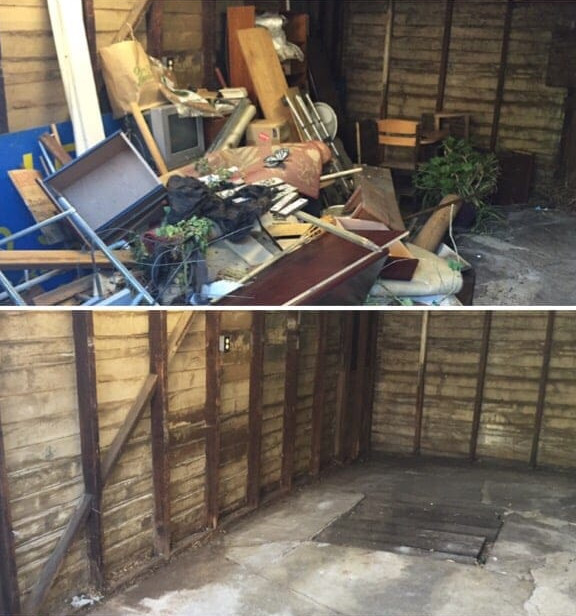Sponsored results
EZ Haulers
Get fast, safe, and affordable oil tank removal services with EZ Haulers. For over 20 years, we've been providing demolition and junk hauling services throughout Tacoma,... more
All "Oil Tank Removal" results near me in McCleary, WA - November 2025
EZ Haulers
Get fast, safe, and affordable oil tank removal services with EZ Haulers. For over 20 years, we've been providing demolition and junk hauling services throughout Tacoma,... more
99 Junk Removal
99 Junk Removal is the go-to choice for safe and affordable residential demolition throughout Seattle, WA and the surrounding areas. From oil tank removal to interior... more
Justice Bros
For quality work done right the first time, call Justice Bros Trucking & Excavating LLC! With over 20 years of experience in the demolition, excavating, and trucking... more
Residential Excavating & Demolition
Residential Excavating & Demolition provides the greater Olympia area with reliable demolition and excavating services. Our crew is qualified to deal with the biggest and smallest... more
Nearby Places for Tank Removal
Tank Removal Tips for McCleary, WA
Should I hire an experienced professional to remove my oil tank?
When dealing with an oil storage tank—whether above ground or underground—you should only let an experienced professional handle it properly. An oil tank removal expert or licensed demolition contractor will know how to safely and properly handle your tank's removal.



